Everything you need to know about specifications and performance - Hyundai i10 2008 - 1.2 (78 Hp) Automatic
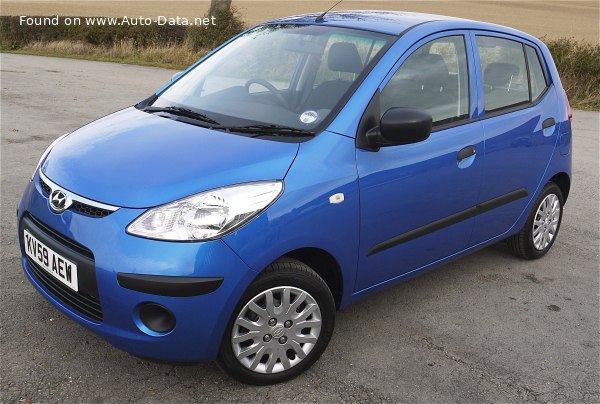
Overview:
What is the engine capacity of a Hyundai i10 2008?
The engine capacity of the Hyundai i10 2008 is 1248.
Hyundai i10 2008 How many horsepower?
The engine power of the Hyundai i10 2008 is 78 Hp @ 6000 rpm..
What is the Hyundai i10 2008 engine?
Hyundai i10 2008 engine is G4LA. (Click to see other cars using the same engine)
How much gasoline does a Hyundai i10 2008 consume?
The Hyundai i10 2008 consumes 5.9 liters of gasoline per 100 km
What is the recommended oil for a Hyundai i10 2008 engine?
The recommended oil for a Hyundai i10 2008 car engine is 5W-30, 5W-40.
What type of camshaft transmission system is used in a Hyundai i10 2008 engine?
chain is used to transmit motion.
General:
Engine:
EURO 5 (2nd gen.)
Performance:
Space:
dimensions:
Powertrain, Suspension and Brakes:
See also
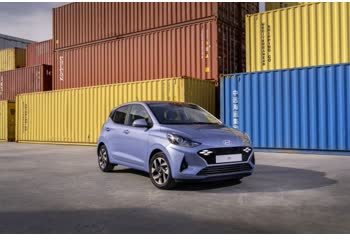
Last generation.
Its production began in 2024 until Now
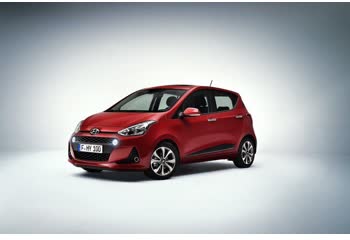
Other generation.
Its production began in 2018 until 2019
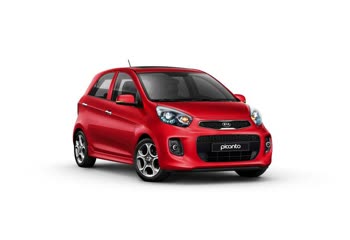
Same engine. (G4LA).
Its production began in 2015 until 2017
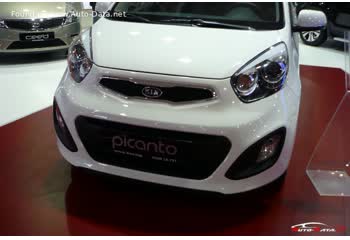
Same engine. (G4LA).
Its production began in 2011 until 2015

Same production year and almost the same engine capacity.
Its production began in 2008 until 2014

Write a comment